As your little one grows, and becomes more interested in the world around them, you may consider moving from a bassinet to pram seat.
If done safely, and at the right time, this can be enriching for your baby, safer for their developing bodies, and more convenient for parents.
So, let’s have a look at when to move baby from bassinet to seat in pram, why it matters, and how to make the switch safely.
Tasman Eco has a comprehensive range of high quality nursery furniture in Australia.
Whether you’re shopping for your first baby bassinet, cot, rocker, or bouncer, by choosing Seena, you’re investing in peace of mind for your baby’s safety and enrichment.
Why the transition from bassinet to seat matters?
The transition from bassinet to seat matters because it’s an important step in baby’s development – not only physical but also social.
As they sit up in the seat, they will be more enriched and interested by the world around them.
Sitting will also encourage baby to work on their core strength and balance as they get used to sitting upright and balancing within the moving stroller.
For parents, the pram seats can be more convenient, with additional storage options, as well as multiple reclining positions for napping, sitting upright, and lying flat.
Additionally, as babies grow and become more mobile, strollers offer enhanced safety features like 5-point harnesses, to keep their wriggling bodies secure.
When should baby move from bassinet to pram seat?
Between the ages of 4 to 6 months. In general, you should look for these key developmental markers that indicate when to move baby from bassinet to pram seat:
- They reach the weight limit of 9kgs
- They reach 6 months of age
- They can sit up unaided
Above all, it’s essential to check that your baby can hold their head up and demonstrate strong upper body control.
Your baby should be able to hold a steady head position on their own.
Always consult your paediatrician before making changes – this is doubly important if your baby was born prematurely or has any health concerns.
Signs that your baby is ready for the switch
As well as the developmental markers we’ve covered above, there are other signs to look out for that can let you know your baby is ready to make the switch from bassinet to seat.
Many parents report that their baby is ‘ready’ to move to a seat because they simply don’t like being in the bassinet anymore.
This can manifest in many ways, including fussing and crying when lying in the bassinet, and an eagerness to take in their surroundings.
Can baby sleep in pram bassinet, or are they growing restless?
If your baby turns their head in response to visual and auditory stimuli, then this also might indicate that they are ready for a more enriching environment.
Additionally:
- If your baby’s head or feet are cramped within the bassinet
- If your baby seems uncomfortable or unable to settle
- If your baby is waking up from their naps more frequently
Then it might be time to move them to a more spacious sleep environment.
How to transition your baby safely?
First, double-check the 5-point harness, the buckles, and attachments to make sure they’re secure – they should be snug, but not tight.
Make sure any family members or caregivers who will be using the seat are familiar with the correct usage.
Ensure you have the right angle – generally a 45-degree angle is considered safe, but you should check the manufacturer’s guidelines for car seats.
When transitioning, watch your baby for signs of discomfort, like fussiness or any physical marks from straps.
As your baby grows, you’ll need to adjust the harness slots and possibly remove or add cushions. Keep an eye on the seat’s weight and height guidelines.
Common mistakes to avoid
- Rushing the transition – Every baby develops at their own pace. If they’re not sitting up confidently or showing signs they’re ready, hold off a little longer.
- Ignoring weight and age limits – Check the stroller’s guidelines. Even if your baby looks ready, they might not meet the minimum requirements.
- Skipping the recline – Going straight to an upright seat can be uncomfortable. Start with a slight recline to help them adjust gradually.
- Strapping baby in too tight – While you might be nervous about making the switch, remember that the harness should be snug, not tight. You should be able to comfortably pass a finger under the strap.
- Forgetting head and neck support – Young babies still need extra support, especially if they can’t sit for long periods without wobbling.
- Ignoring weather protection – A bassinet usually provides more coverage. Make sure the seat has adequate sun, wind, and rain protection.
- Making the switch on a bad day – Try not to transition when they’re overtired, teething, or unwell. A calm, happy baby means a smoother adjustment.
- Not giving them time to adjust – Some babies love the switch, while others need a few short trips to get used to it. Be patient and ease them in.
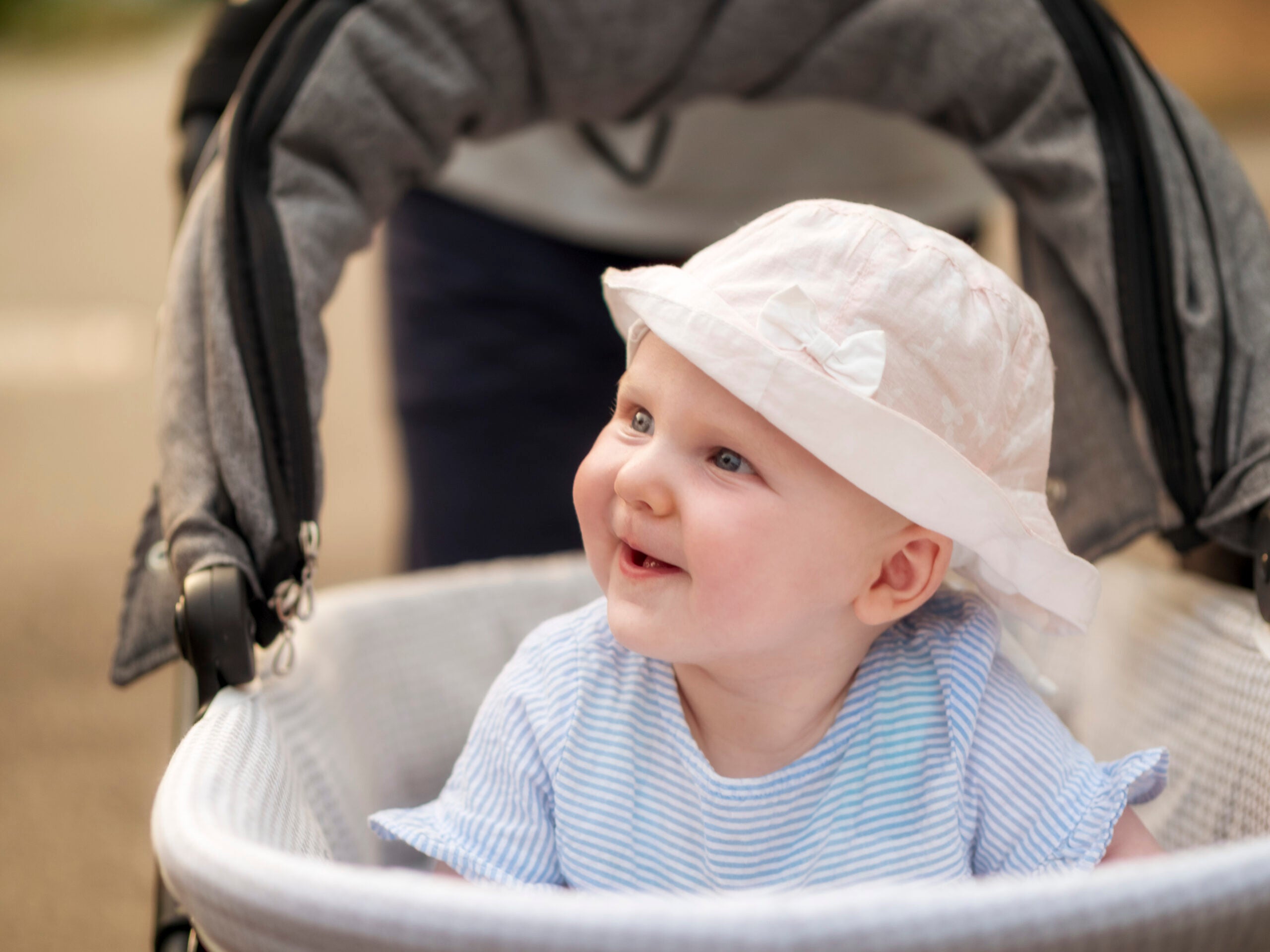
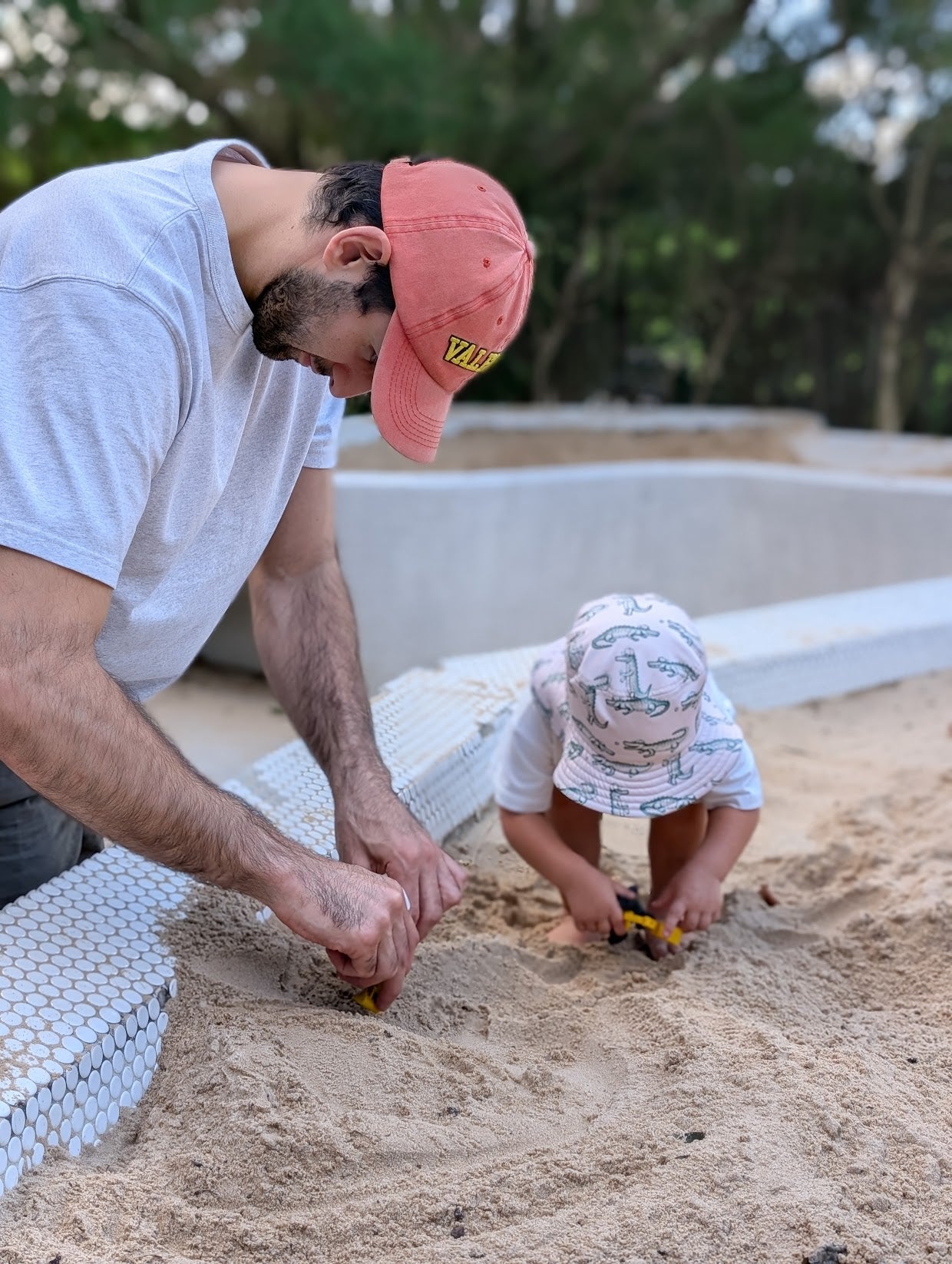
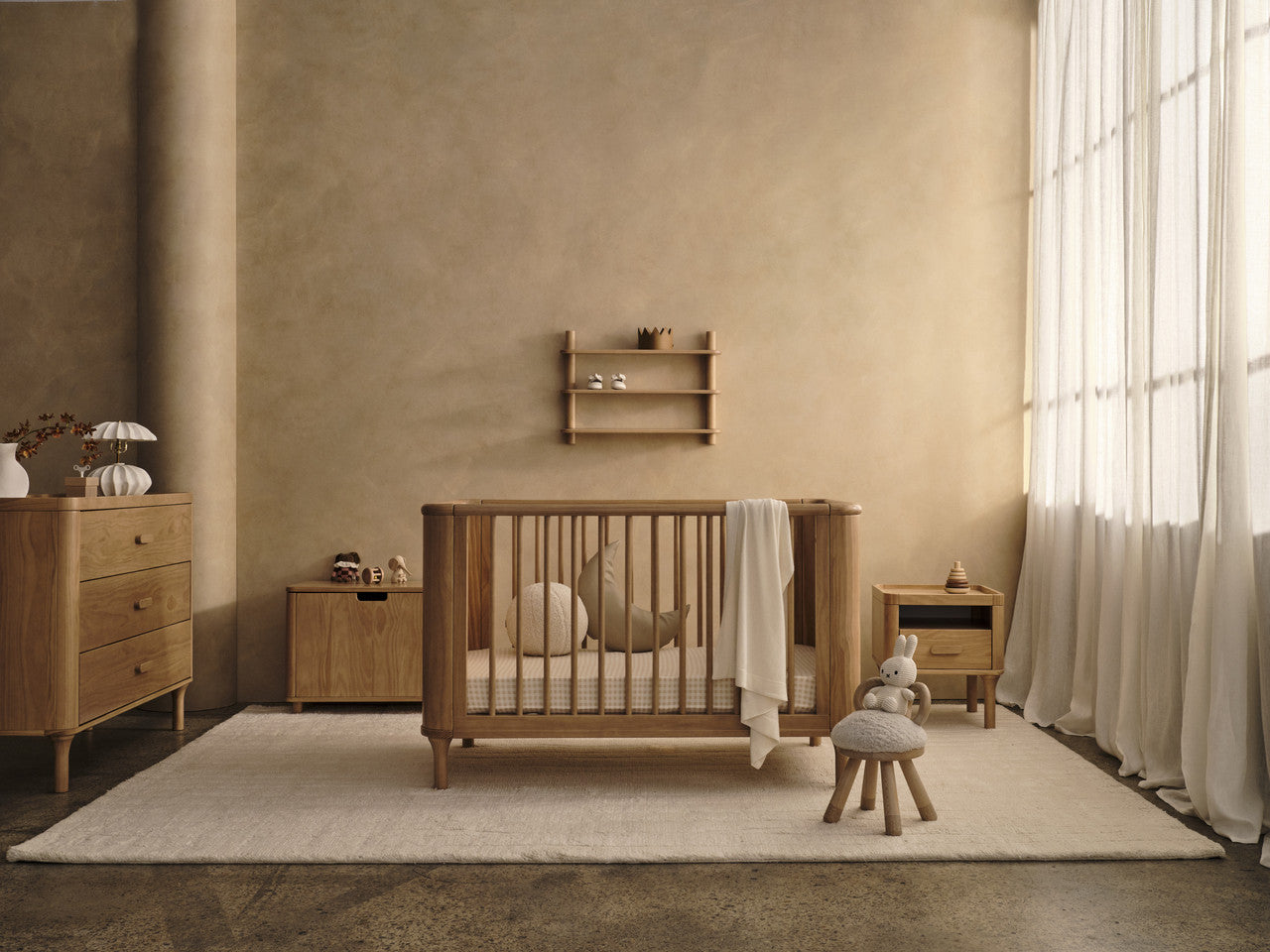
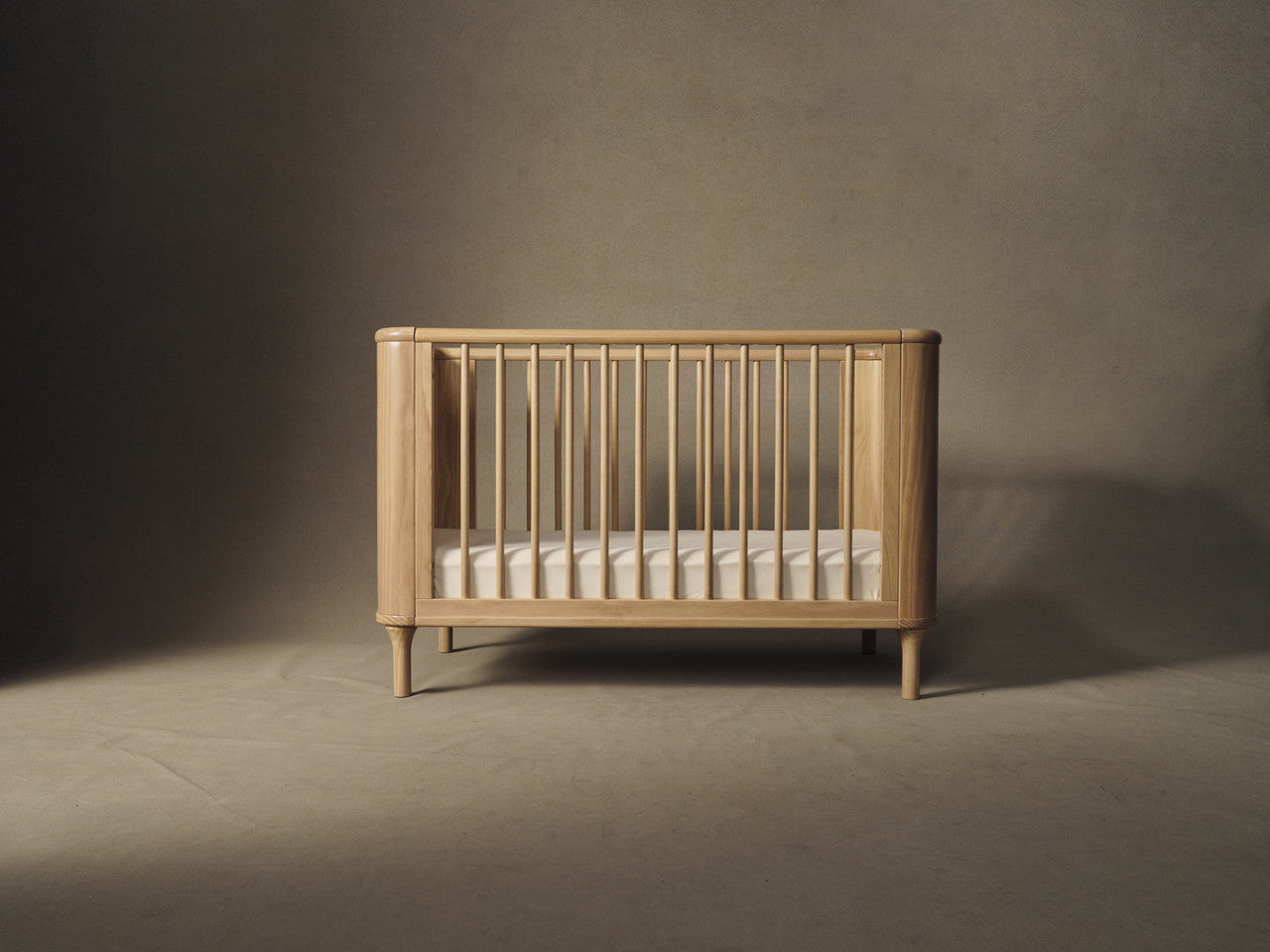

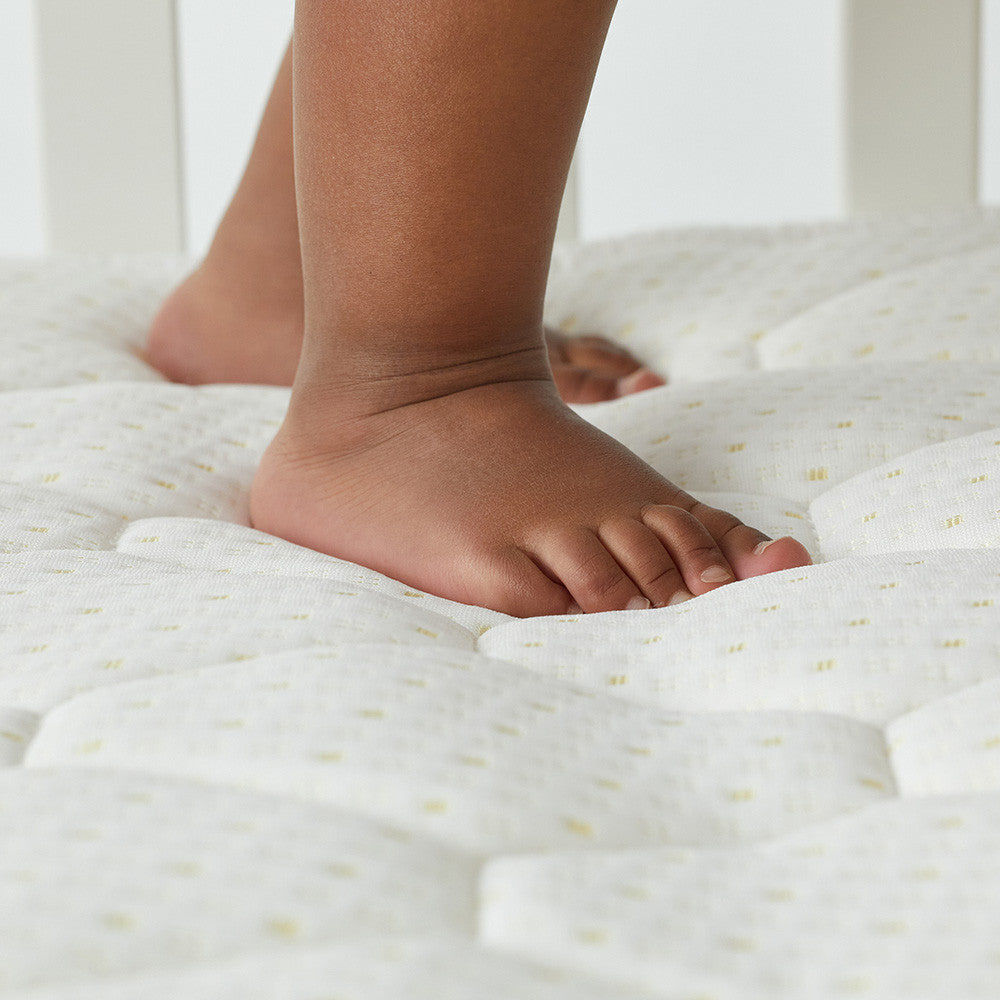

Share:
How to Use a Pregnancy Pillow?
Comprehensive Baby Led Weaning Guide